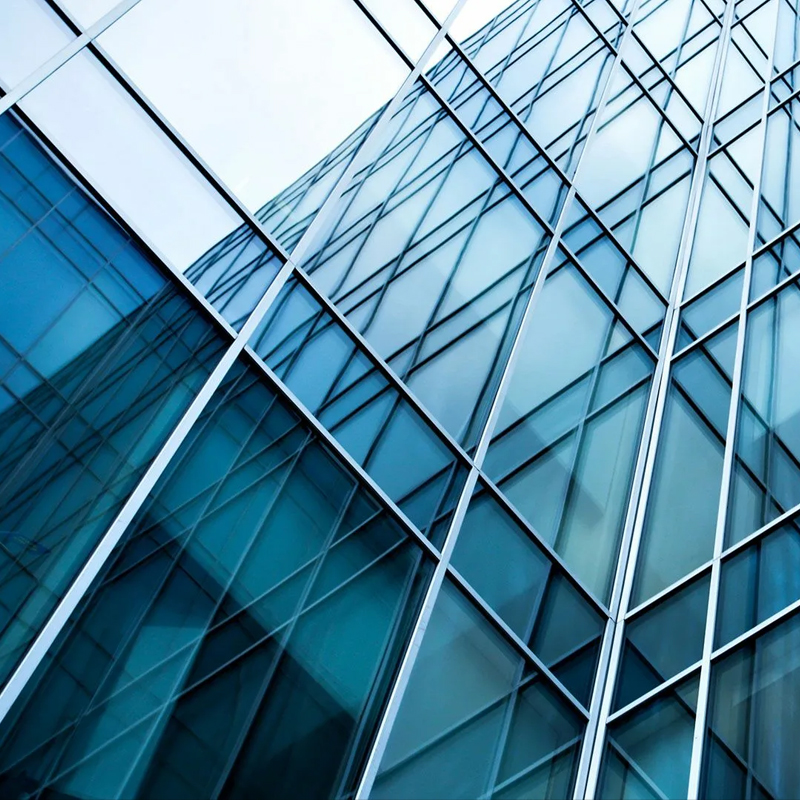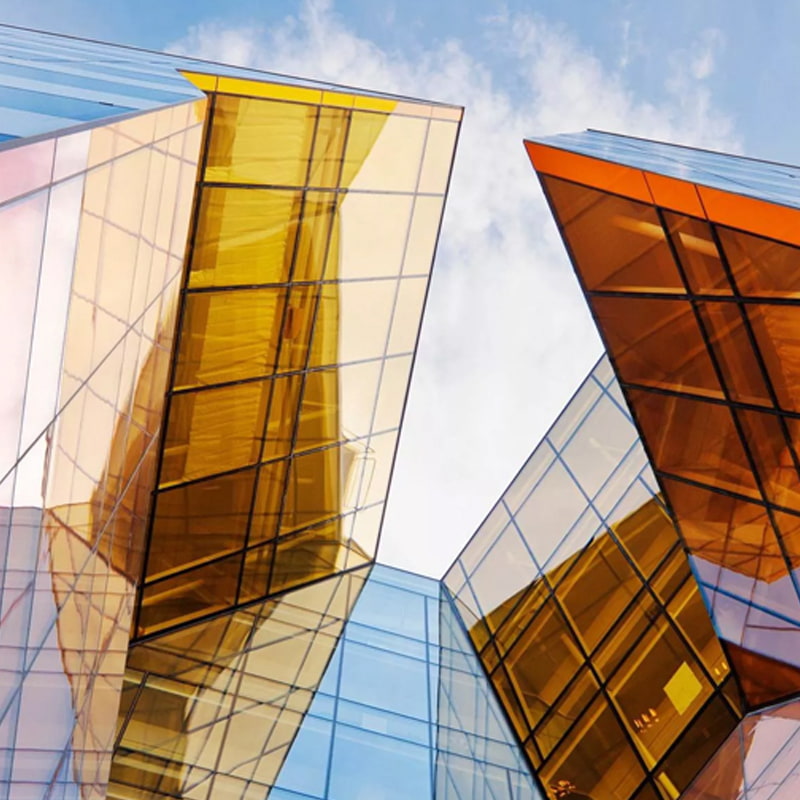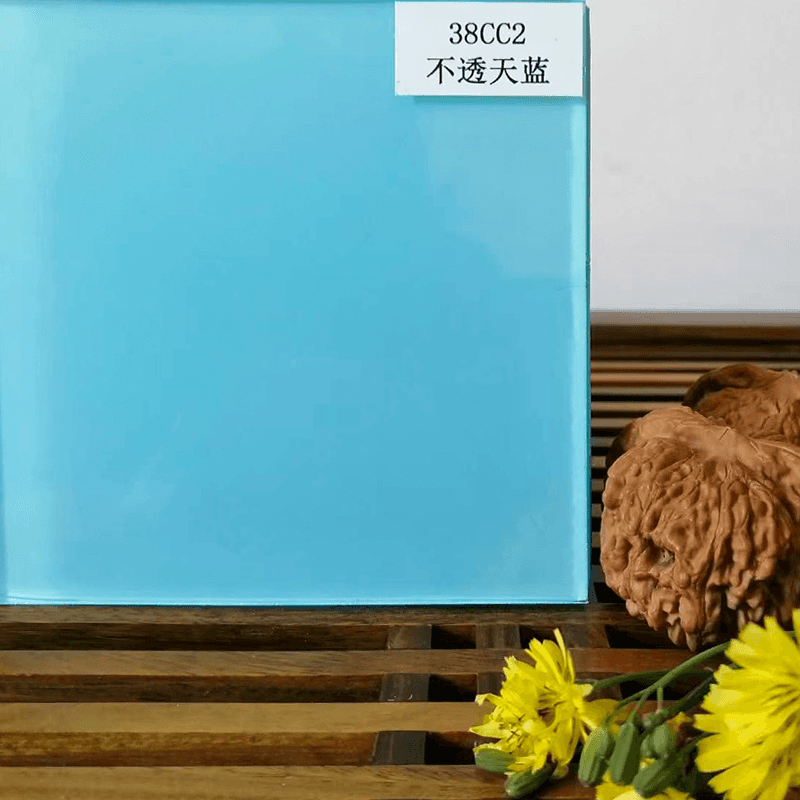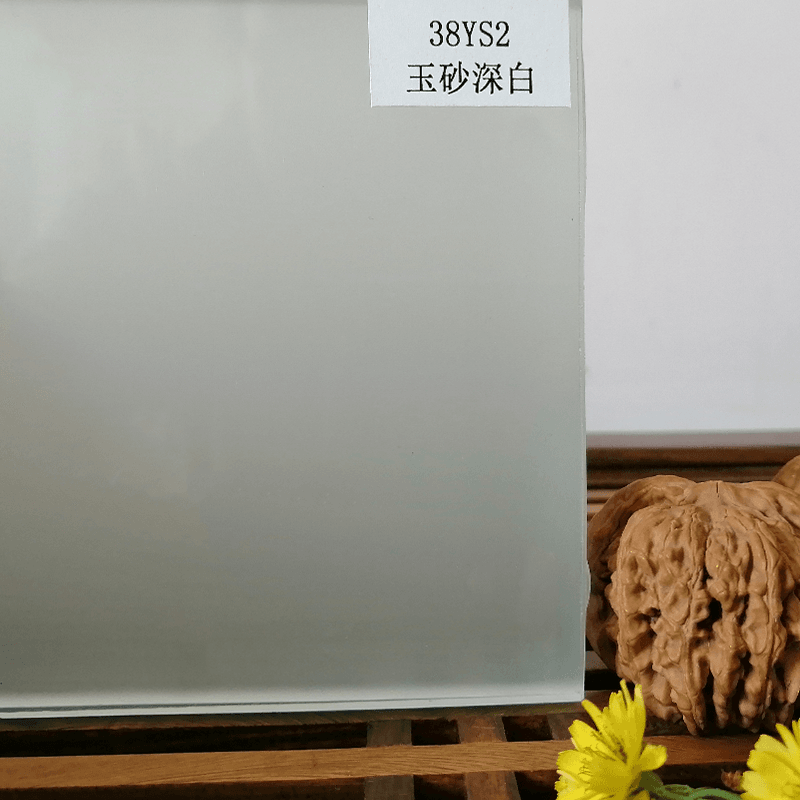language
PVB (Polyvinyl Butyral) interlayer film is a crucial component in laminated glass, offering safety, security, and acoustic insulation.
What is PVB Interlayer Film?
PVB interlayer film is a thermoplastic resin used between two glass panels to produce laminated glass. It enhances durability, safety, and performance in architectural and automotive applications.
Key Properties of PVB Interlayer Film
PVB film has unique characteristics that make it ideal for laminated glass:
- High Adhesion: Bonds well with glass for structural integrity.
- Impact Resistance: Prevents glass from shattering upon impact.
- UV Protection: Blocks up to 99% of harmful UV rays.
- Sound Insulation: Reduces noise transmission.
- Flexibility: Allows bending and shaping for curved glass.
Applications of PVB Interlayer Film
PVB film is widely used in:
| Industry | Application |
| Architecture | Windows, skylights, facades, glass floors, and railings |
| Automotive | Windshields, side windows, and sunroofs |
| Security | Bulletproof and blast-resistant glass |
| Solar Panels | Photovoltaic module encapsulation |
Benefits of Using PVB Interlayer Film
PVB interlayer film offers several advantages:
- Safety: Prevents glass from breaking into sharp pieces.
- Security: Deters break-ins and forced entry.
- Energy Efficiency: Improves thermal insulation.
- Noise Reduction: Minimizes sound transmission.
- Customization: Available in colored and patterned options.
Manufacturing Process of PVB Interlayer Film
The production of PVB film involves several steps:
- Raw Material Preparation: PVB resin is mixed with plasticizers and additives.
- Extrusion: The mixture is melted and extruded into a thin film.
- Cooling & Calendering: The film is cooled and rolled to the desired thickness.
- Quality Control: Tests for clarity, adhesion, and durability.
- Packaging: The film is rolled and stored for shipment.

Comparison Between PVB and Other Interlayer Films
| Feature | PVB | EVA (Ethylene Vinyl Acetate) | SGP (SentryGlas Plus) |
| Adhesion Strength | High | Moderate | Very High |
| Impact Resistance | Good | Fair | Excellent |
| UV Stability | Excellent | Good | Excellent |
| Cost | Moderate | Low | High |
Frequently Asked Questions (FAQs)
1. How long does PVB interlayer film last?
PVB film has a lifespan of 20-30 years, depending on environmental conditions and glass quality.
2. Can PVB film be recycled?
Yes, PVB film can be recycled, but the process is complex due to its plasticizer content.
3. What is the standard thickness of PVB interlayer film?
Common thicknesses range from 0.38mm to 1.52mm, with 0.76mm being the most widely used.
4. Does PVB film yellow over time?
High-quality PVB film is UV-stable and resists yellowing, but low-grade films may discolor.
Conclusion
PVB interlayer film is a versatile material essential for laminated glass in construction, automotive, and security applications. Its superior adhesion, impact resistance, and UV protection make it a preferred choice. By understanding its properties and benefits, manufacturers and buyers can make informed decisions.





